
I. Introduction
The Arab Spring, which swept through the Middle East and North Africa starting in late 2010, is often attributed to political repression, youth unemployment, and calls for democracy. While these factors were real and powerful, another less visible but critical force was in play: weather.
Extreme climate events in the years prior to the Arab Spring disrupted global grain production, driving food prices to historic highs. In societies where bread is life, this was not just economic—it was political. Climate shocks acted as silent catalysts, sharpening grievances and hastening revolution.
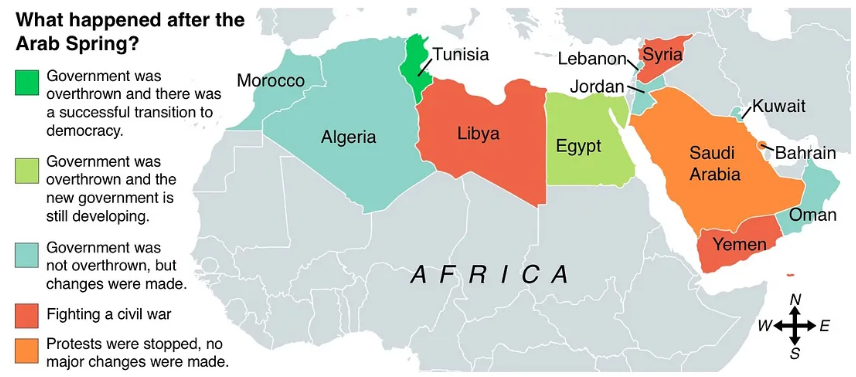
Source: https://medium.com/@melindaan/blog-post-14-6007926fcd7d
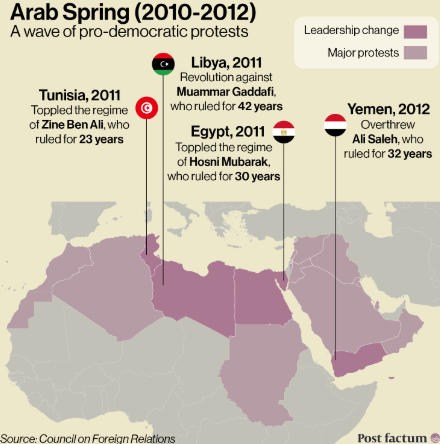
II. The Spark Beneath the Surface
In Tunisia, Mohamed Bouazizi, a street vendor, set himself on fire in December 2010. His act ignited protests that soon engulfed the Arab world. But deeper forces were already at work:
- Rising food prices
- Lack of economic opportunity
- Weak social safety nets
- Increasing dependence on food imports
The stage was set, and weather helped raise the curtain.
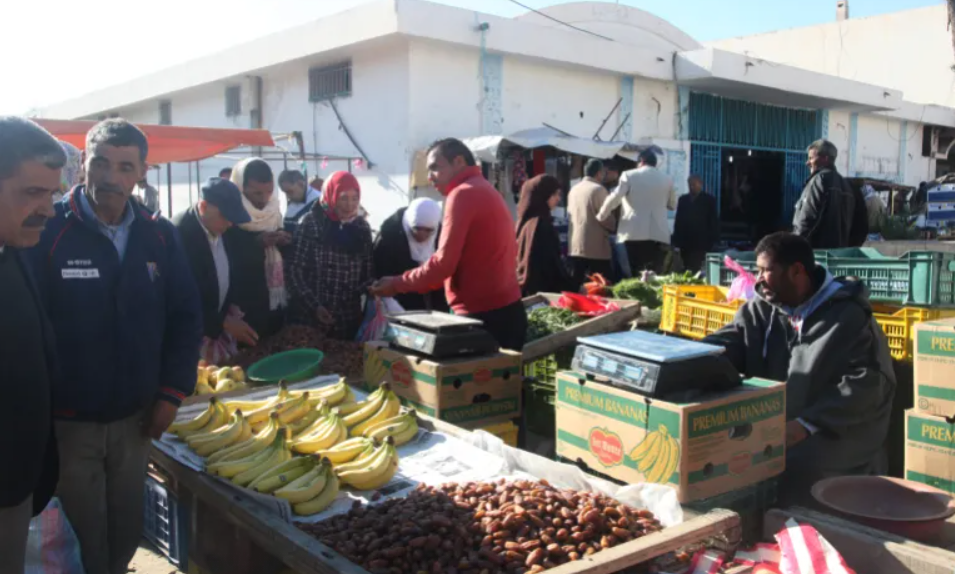
The Market, where Mohamed Bouazizi was Working. Source: https://www.aljazeera.com/features/2020/12/17/remembering-mohamed-bouazizi-his-death-triggered-the-arab

Mohamed Bouazizi in the Hospital. Source: https://www.aljazeera.com/features/2020/12/17/remembering-mohamed-bouazizi-his-death-triggered-the-arab
III. Bread, Dignity, and Daily Survival
In many Arab countries, bread is a political issue. It is often subsidized, and price increases can lead to unrest. People in these regions spend 35–60% of their income on food, compared to about 10–15% in wealthier countries.
When bread prices rise, regimes tremble.
IV. Global Weather Shocks and Regional Food Security
Between 2007 and 2010, the world experienced extreme weather events in multiple grain-producing regions. This led to:
- Lower grain yields
- Reduced global supply
- Soaring prices of wheat, maize, and other staples
Arab countries, which import over 50% of their food, were among the hardest hit.
V. The 2010 Droughts in Major Grain Exporters
In 2010, multiple regions experienced record-breaking droughts:
| Region | Event | Impact on Exports |
|---|---|---|
| Russia | Heatwave & wildfires | Export ban on wheat |
| Ukraine | Drought | Decline in grain output |
| Kazakhstan | Drought | Export drop of over 30% |
| Canada | Flooding in prairies | Wheat harvest affected |
| China | Dry spell in wheat-producing belt | Threat to future supply |
These disruptions drove global grain prices up, putting intense pressure on import-dependent countries like Egypt and Tunisia.
VI. Russia’s Heatwave and the Grain Export Ban
Russia’s 2010 heatwave was the most severe in 1,000 years:
- Over 55,000 people died
- Millions of acres of crops failed
- In August 2010, Russia banned wheat exports
This sent a shock through world markets. Wheat prices doubled, and the UN Food Price Index began to rise sharply.
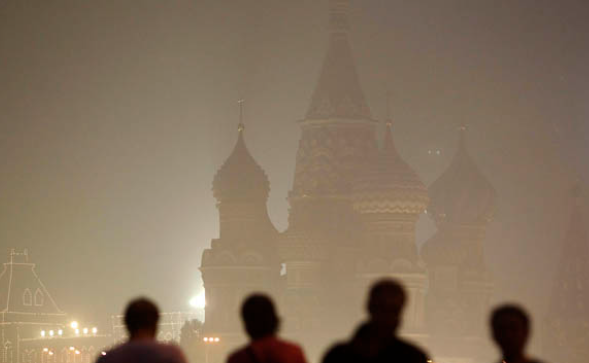
Moscow during Wildfires in the Russian Taiga in Summer 2010. Source: https://www.wsj.com/articles/SB10001424052748704017904575409612474303450
VII. World Food Price Index Before the Uprisings
The FAO Food Price Index reflects international prices of key staples:
| Date | FAO Food Price Index (points) |
|---|---|
| Jan 2010 | 172 |
| Jul 2010 | 185 |
| Dec 2010 | 223 |
| Feb 2011 | 237 (historic peak) |
By the time protests erupted in Tunisia and Egypt, the food price index was at its highest in recorded history.
VIII. The Role of Bread in Arab Political Culture
Many regimes in the region rely on food subsidies to maintain stability. For example:
- Egypt’s “Baladi” bread was sold at subsidized prices for decades.
- The slogan “Bread, Freedom, Social Justice” became central to the 2011 Egyptian Revolution.
- In Tunisia, food prices were a leading cause of discontent among the poor and unemployed.
Rising bread prices were perceived as a failure of the state to provide for its people.
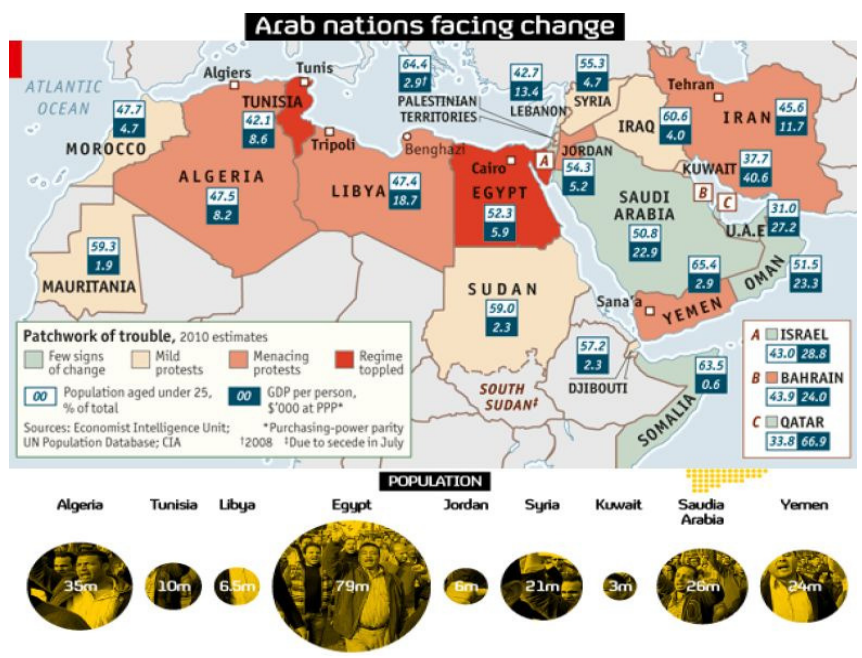
Changes in the Arab World Described in 2013. Source: https://securityanddefence.pl/pdf-103218-47711?filename=47711.pdf
IX. Tunisia: When Fruit Vendor Met Fire
Mohamed Bouazizi was fined for selling fruit without a license. Unable to find justice or work, he self-immolated.
But behind his story were deeper forces:
- Wheat and sugar prices had surged
- Unemployment was rampant
- Families struggled to feed themselves
Tunisians saw their economic pain reflected in Bouazizi’s tragedy—and took to the streets.
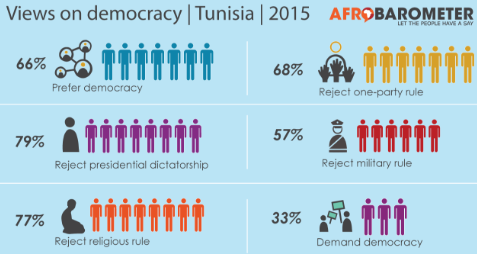
X. Egypt: Bread, Subsidies, and the Street
Egypt is the world’s largest wheat importer. In 2010:
- Over 70 million Egyptians relied on subsidized bread
- Global wheat prices surged by over 80%
- The government struggled to keep bakeries supplied
Any interruption in bread supply was met with immediate protest. In 2008, there were already bread riots. By 2011, conditions were worse, and the regime was vulnerable.
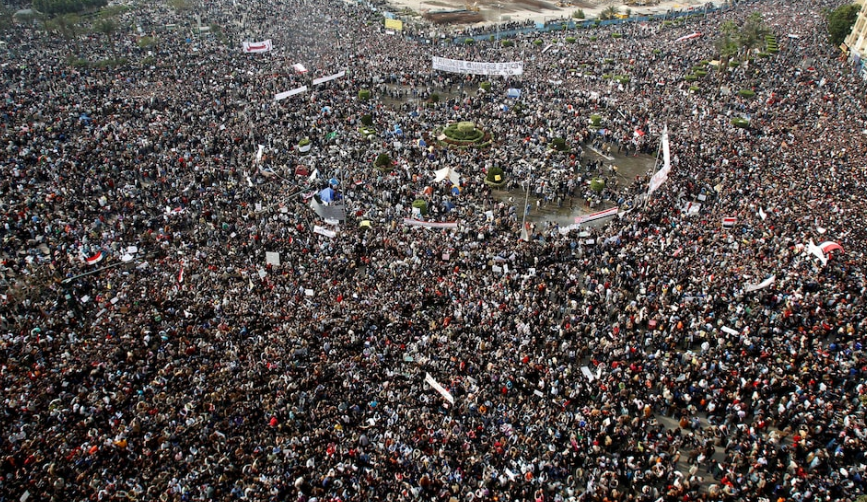
Source: https://www.reuters.com/world/middle-east/what-became-arab-spring-2022-07-25/
XI. Syria: Drought, Displacement, and Despair
From 2006 to 2010, Syria experienced the worst drought in modern history:
- Over 1.3 million people affected
- Hundreds of thousands migrated to cities
- Agricultural output collapsed
This led to:
- Urban overcrowding
- Rising unemployment
- Pressure on services and food supplies
When the uprisings began, rural migrants and urban poor were among the first to rise up.
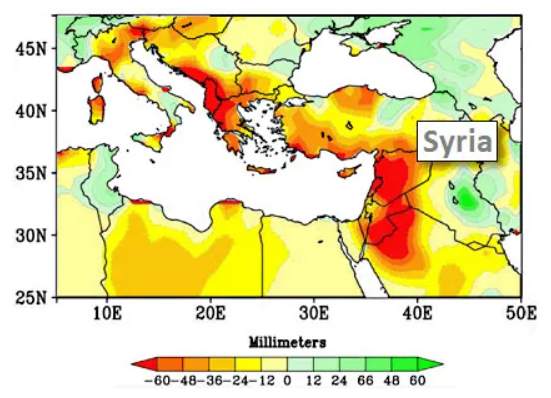
5-year Drought in Syria before the Conflict. Source: https://www.motherjones.com/kevin-drum/2013/09/map-day-syria-drought-climate-change/
XII. Urban Vulnerability and Climate Migration
Rapid urbanization, driven in part by climate-driven displacement, created volatile conditions:
- Young, jobless populations concentrated in cities
- Rising cost of living
- Daily dependence on food markets
- Weak governance and corruption
This combination made cities like Cairo, Damascus, and Tunis fertile ground for protest.
XIII. Food Prices as a Revolutionary Trigger
While political repression and lack of freedom fueled the Arab Spring, hunger made it urgent.
High food prices acted as accelerants, turning smoldering anger into wildfire revolts.
Just like in the French Revolution, bread was not just food—it was a symbol of justice.
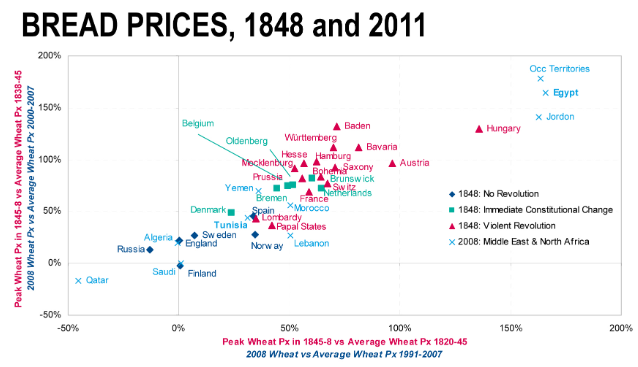
Source: https://www.bbc.co.uk/blogs/newsnight/paulmason/2011/04/revolutions_and_the_price_of_b.html
XIV. Climate Change and Political Stability
The Arab Spring offers a warning for the future:
- Climate change will increase droughts and crop failures
- Food import dependence remains high in the region
- Youth unemployment is still widespread
- Without reform, future climate shocks could trigger new waves of unrest
| Challenge | Climate Risk | Social Consequence |
|---|---|---|
| Food imports | Price volatility | Hunger, riots |
| Drought | Reduced crops | Rural displacement |
| Urban crowding | Infrastructure stress | Instability, protest |
| Water scarcity | Resource conflict | Regional tension |
XV. Conclusion
The Arab Spring was not caused by weather alone, but weather helped tip the balance. Extreme droughts, global crop failures, and spiking food prices created the economic pressure under which political regimes cracked.
Bread, once a symbol of survival, became a symbol of betrayal. And when bread becomes scarce, even the most powerful governments can fall.
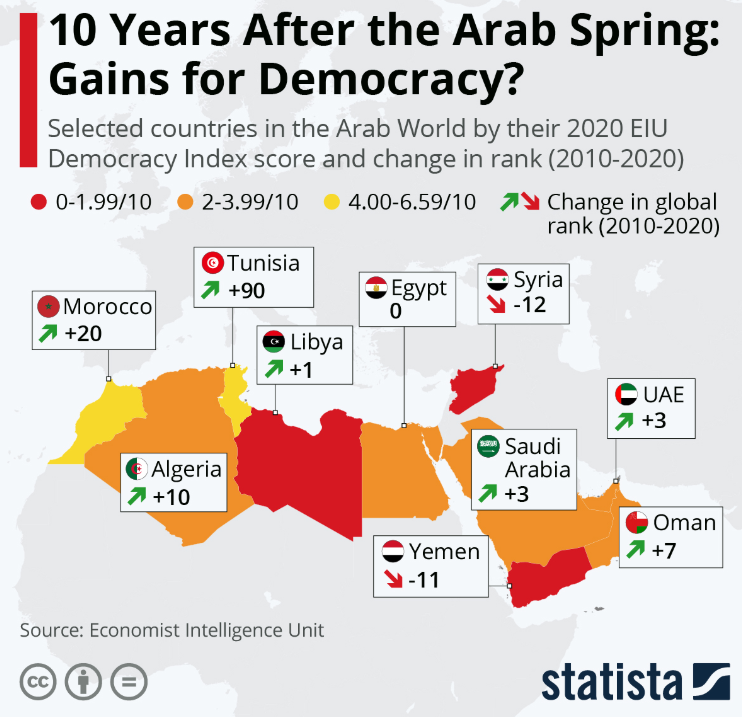
Source: https://www.statista.com/chart/26038/democracy-index-arab-countries/


























